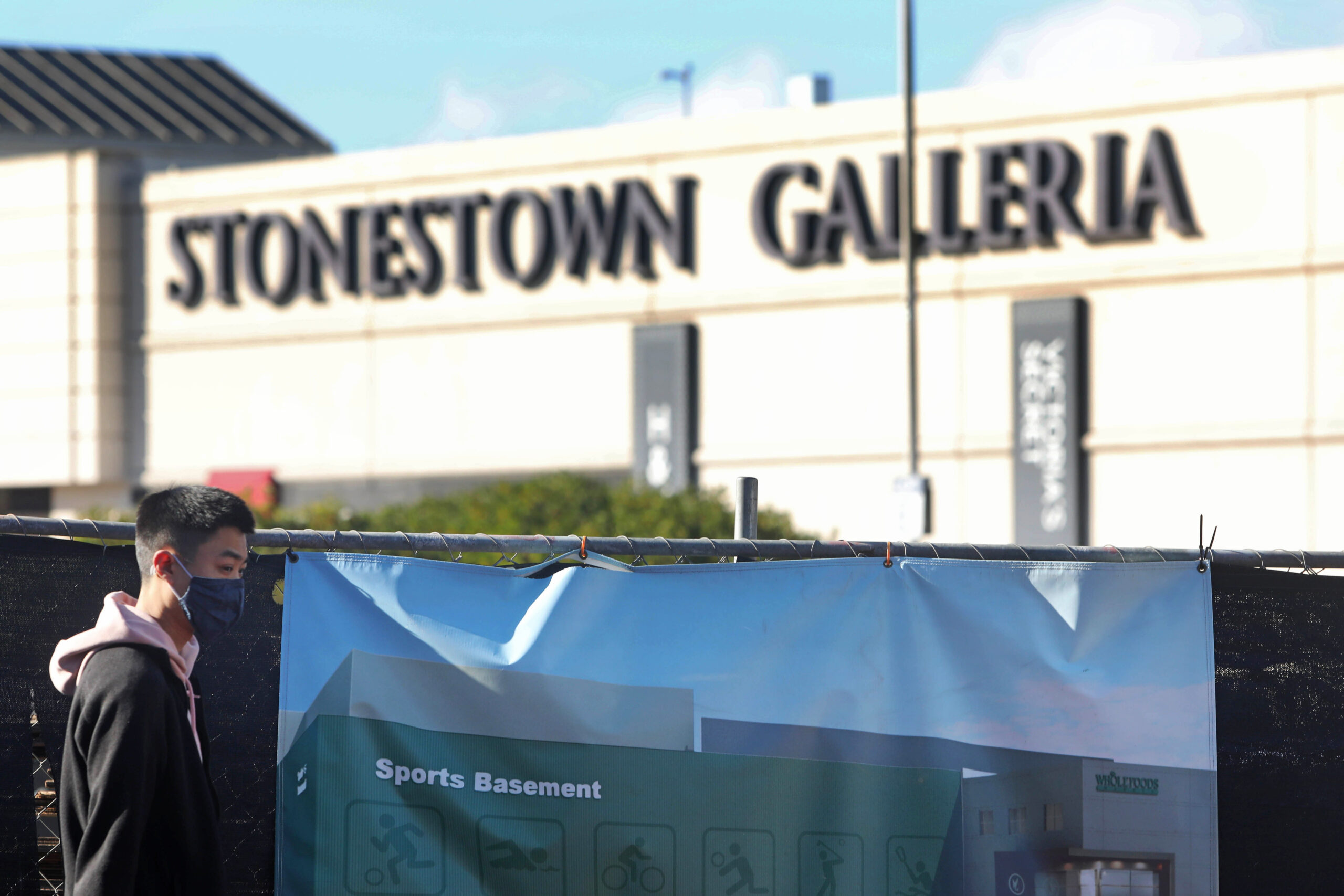San Francisco’s mayor and multiple city departments, including law enforcement, announced a citywide plan Tuesday to ramp up public safety and services for youth to address a string of violent incidents involving children and teenagers across the city.
Over a five-day period, a gun was confiscated during a fight at a middle school, a student was stabbed at another middle school, a 12-year-old was arrested for allegedly stabbing a teenager on a Muni bus and Stonestown Galleria saw a series of brawls among several dozen youth that were blasted out across social media.
“There are no excuses for violence, but there are steps we can take to prevent this kind of behavior from taking hold in our schools and our city,” Mayor London Breed said in a statement. “As city leaders, we are committed to working together with the school district to make sure our kids are safe and have the support they need, especially after the incredible strain on our young people caused by the last few years.”
City and school officials announced plans to expand existing programs to prevent school violence through the Department of Children, Youth and Their Families and the Dream Keepers Initiative. They cited a need to connect the school district with city social workers who have youth as clients.
However, many of the proposals announced Tuesday are a continuation of existing programs and services.
The District Attorney’s Office committed to making “significant investments” for youth intervention, including its Make It Right program, while the Public Defender’s Office said it would “continue to strengthen” its youth defender unit by providing young people with reentry services.
The SF Municipal Transportation Agency, for its part, vowed to hire more ambassadors to de-escalate and deter conflicts as well as assist riders and transit operators, and the SFPolice Department said it is committed to “providing a presence as necessary.”
Not mentioned in the action plan was how the city would tap into funds from Proposition G, a measure voters approved in November to provide up to $1 million in grants to schools for academic achievement and the social and emotional wellness of students.
Several dozen teens were filmed fighting in different incidents at Stonestown, and the videos circulated on social media over the weekend. Supervisor Myrna Melgar, who represents District 7 and the Stonestown neighborhood, said security was overwhelmed.
Melgar said the lack of socialization for kids during the pandemic has created stressors for children, while there are incentives to post the content on social media.
“It’s been a terrible week,” Melgar said to The Standard. “I don’t know that [more police] is necessarily what we need, but we do need some safety. I think it’s really important that we address this right now. This is a generation of kids who came into puberty in the pandemic.”
Jennifer Moless, a teacher at Junipero Serra Elementary School, said the landscape of “dangerously understaffed” schools have played a role in recent incidents, making it easier to miss small situations that can spiral into crises.
“We need a real commitment to fully staffing schools,” Moless said. “We’re paying for the district’s inability or refusal to fully fund restorative practices in schools. I’m not saying there’s no consequences, but there’s no resolution. If we let that continue, we’re choosing to make schools less safe.”
